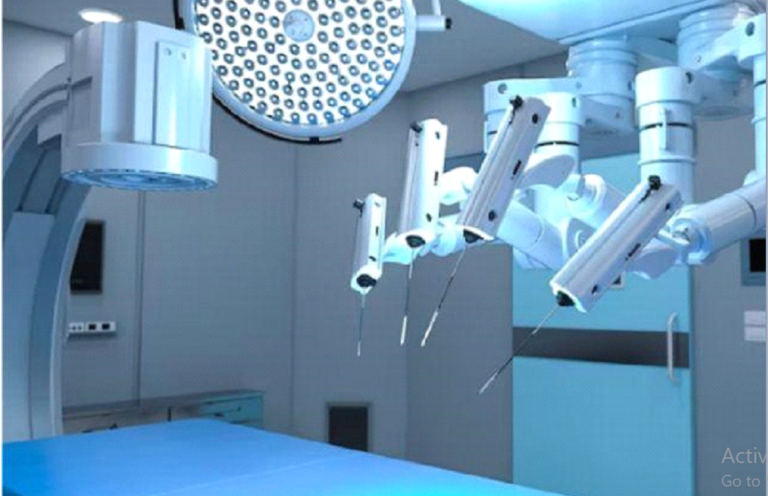Future Trends in MFT Gateway Technology

Managed File Transfer (MFT) Gateways are at the heart of modern data exchange, ensuring that files are transferred securely and efficiently between business partners, customers, and within organizations. As digital transformation accelerates and the volume of data exchanged explodes, MFT Gateway technology is rapidly evolving. Understanding future trends in this technology is crucial for businesses looking to stay competitive and secure. Here’s what we can expect in the future of MFT Gateway technology.
Contents [show]
1. Enhanced Security Measures
As cyber threats become more sophisticated, so too will the security measures of MFT Gateways. Future MFT solutions are likely to incorporate advanced encryption algorithms, more robust authentication mechanisms, and enhanced intrusion detection systems. These features will be designed to counteract emerging cyber threats, providing businesses with the confidence that their data is protected against the latest security vulnerabilities.
2. Integration with Advanced Technologies
MFT Gateways will increasingly integrate with cutting-edge technologies to enhance performance and functionality. Artificial intelligence (AI) and machine learning (ML) could be used for predictive analytics, automating tasks, and enhancing security through anomaly detection and adaptive response mechanisms. Blockchain technology might also be integrated for enhanced data integrity and auditability in file transfers.
3. Increased Automation and Orchestration
Automation in MFT Gateways will go beyond basic scheduling and trigger-based file transfers. Future trends indicate a move towards intelligent workflow orchestration, where MFT solutions automatically manage complex file transfer sequences, data transformations, and decision-based routing. This level of automation will significantly reduce manual intervention, minimize errors, and increase efficiency.
4. Cloud-Native and Hybrid Solutions
As more businesses move to cloud-based infrastructures, MFT Gateways will evolve to be cloud-native, offering flexible, scalable, and efficient solutions. Hybrid MFT solutions that bridge on-premises and cloud environments will also become more common, offering businesses the flexibility to manage file transfers across diverse IT environments seamlessly.
5. Enhanced User Experience
Future MFT Gateways will focus on enhancing the user experience, making these systems easier to use and manage. This might include more intuitive user interfaces, simplified configuration processes, and better visibility into file transfer operations. The goal will be to make MFT technology accessible to a broader range of users, including those without technical expertise.
6. Compliance and Governance
As regulatory requirements around data security and privacy become more stringent, MFT Gateways will incorporate more advanced features to help businesses comply with these regulations. This will include improved logging and reporting, more granular control over data, and features designed to comply with specific industry standards.
7. Edge Computing Integration
With the rise of Internet of Things (IoT) devices and edge computing, MFT Gateways will need to handle data transfers not just between centralized data centers but also to and from edge devices. Future MFT solutions will likely support edge computing scenarios, managing file transfers in decentralized environments efficiently and securely.
Conclusion
The future of MFT Gateway technology is dynamic and promising, with advances focusing on security. Integration with new technologies, automation, cloud and hybrid adaptability, user experience, compliance, and edge computing. As these trends unfold, businesses will find MFT Gateways becoming even more integral to their operations, driving efficiency, security, and competitive advantage. As these trends unfold, businesses will find MFT Gateways becoming even more integral to their operations, driving efficiency, security, and competitive advantage.
Also Read: Enhancing Comfort and Convenience with Smart Home Technology





